By: Alex Pierce-Feldmeyer
My significant other, Jake, once asked me what is the difference between Belgian waffles and the waffles we have in America. Being a doctor of food science, I was peeved that I did not know the answer right away. I urgently started researching Belgian waffles and it wasn’t long before the difference between Belgian and American waffles became the difference between waffles all over the world. Well, after learning so much about waffles I thought it would be necessary to give insight to everyone else on the many types of interpretations of the waffle that happen all over the world.
Waffles are so much more than the nostalgic shortbread of youth sleepovers (maybe that’s just me?). They are a diverse category, with each regional variety having a history of its own. As with most cultural food traditions, they derive from the desire to utilize basic ingredients, leave little waste and—of course—to enjoy.
General Waffle History
The French version—walfre—is claimed to have been used as early as 1185. The English word for waffle derives from the dutch: wafel. Wafel is claimed to have become a word at the end of the 13th century. Perhaps, the waffle became more of a mainstay once the waffle iron was introduced in the 15th century. And with an iron must come a recipe. One of the first waffle recipes that used a beer yeast as leavening was from a Belgian cookbook: Groote Wafelen.
It is no surprise waffles from all over the world vary in origin and formulation idiosyncrasies. It might also not be surprising that they are appreciated by adults and children alike. All over the world, variations exist that have much in common, but their differences can be quite distinct, separating the waffle experiences within each country. I may just need to visit all of the countries to truly become a waffle connoisseur. This includes but must not be limited to
Belgium
Belgium is very well known for its waffles (you may also be familiar with their other famous exports, beer and chocolate). In Belgium, waffles are eaten at all times in the day instead of simply breakfast like the common American tradition (although Americans can always waffle at popular 24-hour diners). Waffles in Belgium (as well as some other countries) are such a staple they are sold on street corners. They are considered snacks and are respected in a similar manner as the Dutch and their Hagelslag.
One aspect to Belgian waffle fame I was unaware of was that there is not one, but two, famous varieties. You have the Liege waffle and the Brussels waffle. The largest difference between these waffle varieties is their ingredients and how they are consumed. Liege waffles are made with pearl sugar, a coarser refined sugar, and because of this ingredient are much richer. This creates a higher density than that of the Brussels waffle. Brussels waffles are more airy and fluffier than their national neighbor. Many recounts of Liege waffles are seemingly more romantic: Liege waffles contain pearl sugar that caramelizes into buttery swatches of flavor within a brioche-like dough. They are rumored to be best when consumed in its origin city: Liege. Both Brussels and Liege waffles are leavened with yeast, providing a crisp exterior, while maintaining a more delicate interior texture, among the yeasty flavor. Brussels waffles may also be leavened with egg whites in addition to the yeast. This may add to the difference in textures between these two staples. Brussels waffles are also more often rectangular rather than square-shaped. Liege waffles are likely eaten plain due to their richness, whereas Brussels waffles sometimes include toppings.
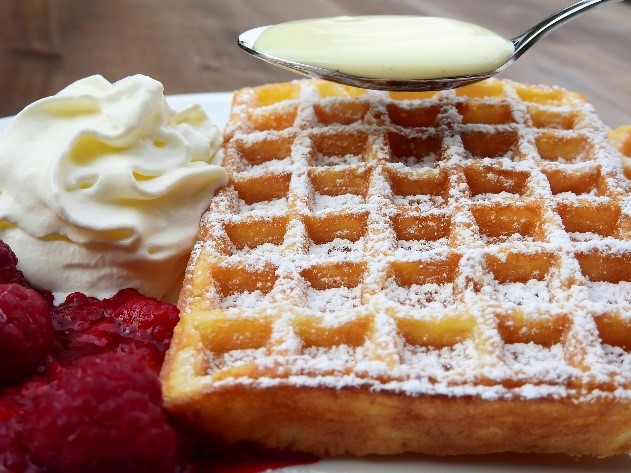
Brussels Waffle. Image by Bruno /Germany from Pixabay
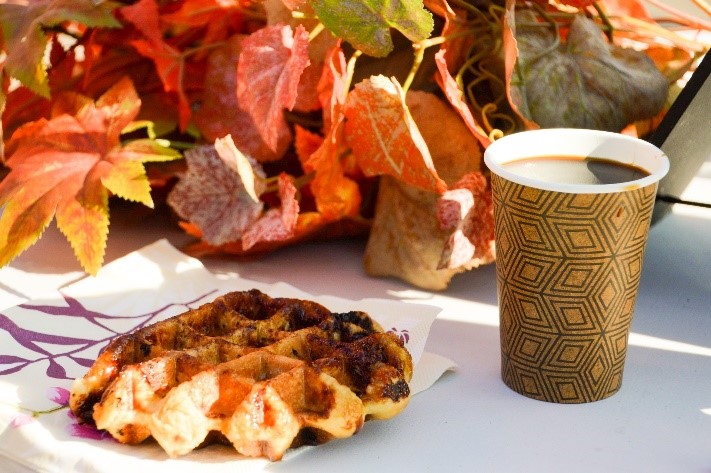
Liege Waffle. Image by VIVIANE MONCONDUIT from Pixabay
United States
Instead of being leavened with yeast, the American waffle usually includes baking powder or baking soda, much like a cookie recipe. Toppings vary, usually of the sweet and fruity variety. However, “chicken and waffles” entrees have become a popular brunch/breakfast menu item in case you crave a savory interpretation. These waffles are often lighter than the original Belgian forms, but are likely more inspired by the Brussel’s variety.
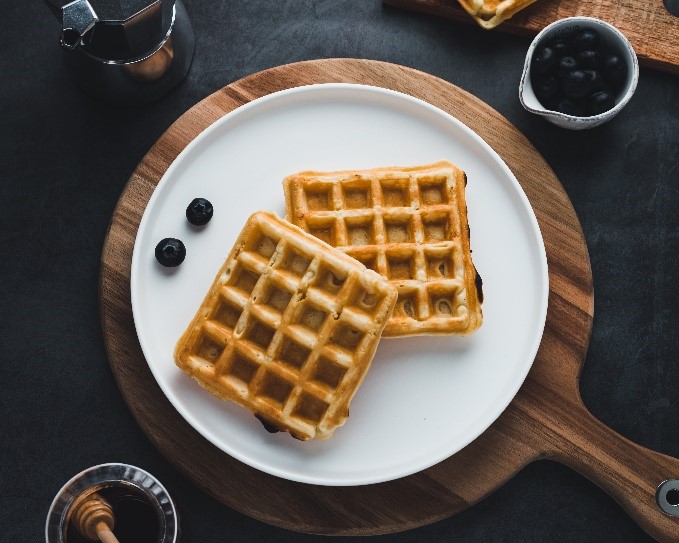
American Waffle. Image by Mae Mu on Unsplash
China
Thanks to the global connection social media has brought to our world, it is fairly easy to come across an Egg waffle in China even if you’re on the other side of the world. It doesn’t hurt that they photograph well…but do they taste good? Well, I haven’t had one, but they must be good because they are a popular street food in Hong Kong. Egg waffle recipes include evaporated milk which helps sweeten the waffle. The waffle iron is unique as well, giving the waffles signature airy bubbles. The texture is soft and less dense than others, which make them a perfect canvas for endless fillings.

Egg Waffle. Image by maciejkowalski1988 from Pixabay

Egg Waffles. Image by Toa Heftiba on Unsplash

Egg Waffle. Photo by Ahmad Dakhel on Unsplash
Italy
It may surprise you that the Italian pizzelle is on this list, but it turns out that many countries interpret waffles without a leavening agent, which makes them look more like cookies. Pizzelles are an Italian interpretation of waffles. They are described as light and crispy. They contain no milk or eggs according to most recipes. These waffles may be decorated in sweet or savory ways. Pizzelles, with the right iron, are fairly easy to make and are sold outside of Italy.
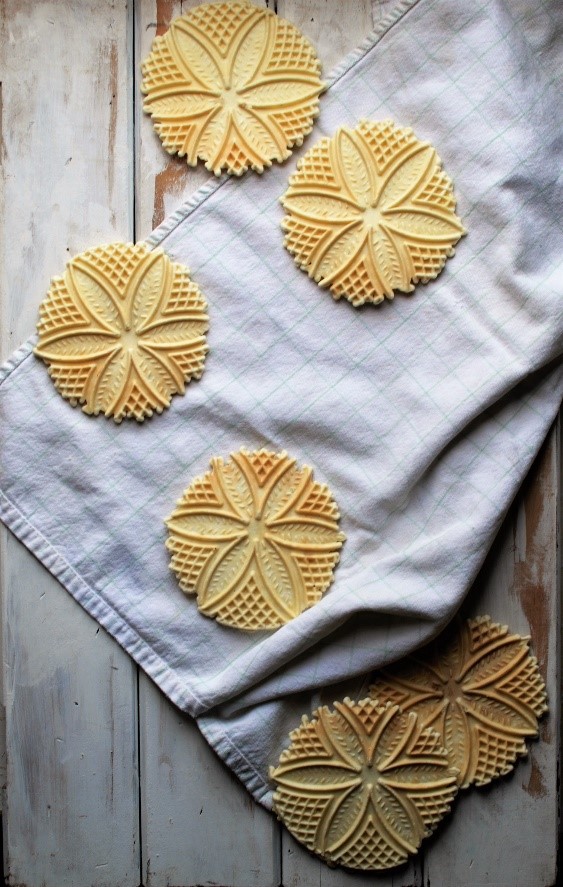
Pizzelle. Photo by twinsfisch on Unsplash
Norway
By now, we have hopped from Belgium to the U.S., to Hong Kong, and to Italy. Let us make our way to some of the Nordic regions for a sweet – yet another unleavened surprise: the Krumkakes are considered the Scandinavian version of the Italian pizzelle. These recipes often include cream but are without a dedicated leavening agent, which makes them lay flat. Their thin shape allows them to easily be rolled into cones which may then be filled with sour cream, jam and sometimes ice cream. A more defining regional filling is gomme – a sweet cheese spread made from long boiling milk or bunost – another Norwegian cheese described as sweet and sharp. As you travel through other Nordic countries, variations in toppings may span from the sweetest offerings (chocolate syrup in Finland) to the most savory (smoked salmon in Sweden).
South Holland
Stroopwafels are thin and flat waffles with a syrup/paste filling, originating from the Dutch city of Gouda in South Holland (Gouda cheese was also made famous by this city!). These recipes may include yeast and brown sugar, but due to the particular iron, do not really rise. The yeast may add a chewier texture, making the waffles hardier, enabling them to maintain the filling. The brown sugar in combination with the paste in the middle makes the taste more similar to cookies than fluffy Belgian or American waffles. These waffles are more difficult to make homemade too, because of the critical timing needed to make authentic stroops. When you make these, the fresh-off-the-iron waffle must immediately be split, then you must lather the waffle with filling and finally, sandwich the two halves back together. Stroopwafel filling is often a syrup with a caramelized brown sugar flavor. They have recently gained popularity and can be purchased prepackaged even in the U.S. Click here for more information on the Stroopwafel’s rise to fame.
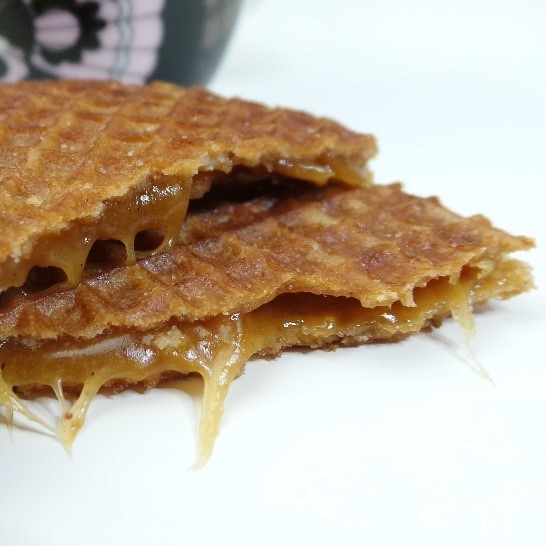
Stroopwafel. Image by de40plusvrouw from Pixabay
Germany
A very small region of Germany—Bergisches Land—has also celebrated a quaint waffle tradition. These waffles are less dense than Belgian waffles, having a crisper texture. This might be due to the buttermilk acidity reacting with baking powder – creating a lightness to the batter. Interestingly, they are usually heart-shaped and often served with hot sour cherries and whipped cream. These may also be served with another regional staple: rice pudding.
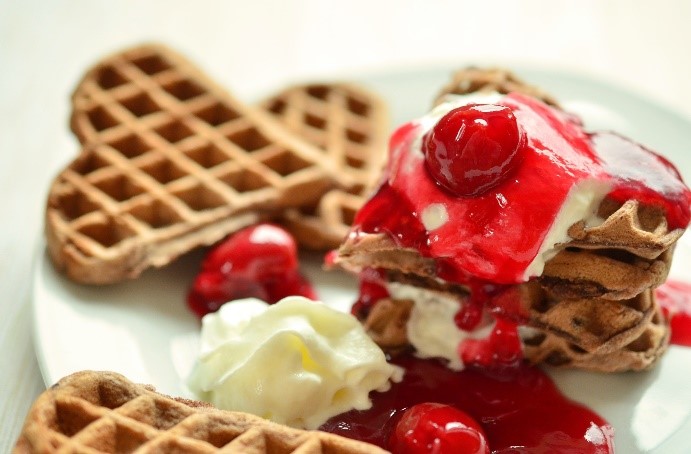
Bergisches Land Waffle. Image by Selling of my photos with StockAgencies is not permitted from Pixabay
Vietnam
Pandan waffles might be one of the most unique waffle interpretations because of the ingredients. Pandan waffles are found in Vietnam. They are distinguished by the use of pandan (a tropical plant) and coconut milk. Pandan is a flower with a nutty flavor, which becomes exaggerated when steeped in coconut milk. The other defining feature of these waffles is that the pandan plant contains chlorophyll. After steeping pandan in the coconut milk and adding to the batter, the waffles are green!
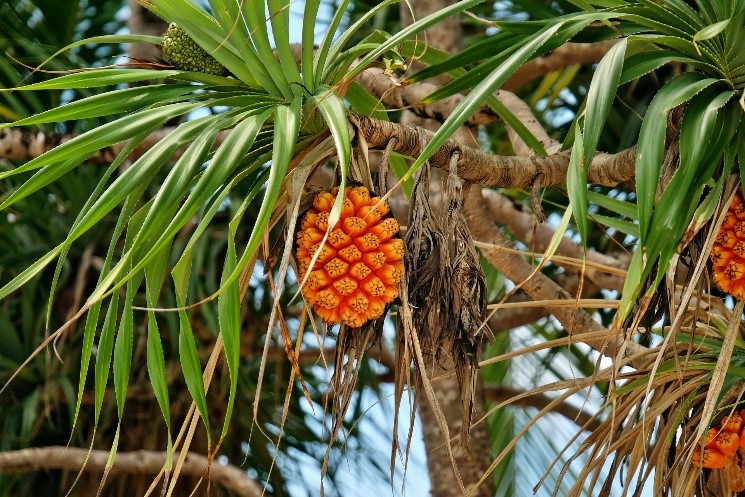
The Pandanus tree. Image by giggs_vea from Pixabay
Throughout food history, many recipes are made as a sustainable way to use ingredients and not waste resources. Over time, as the food supply grows, cultures can afford to be more creative and enjoy their food more. This is how we obtain unique recipe interpretations. Regions may combine similar ingredients in different ways—making them expressive of the culture and region. This is one of the most rewarding aspects of studying food, that is, being able to learn traditions that represent rich cultural histories. One of the best aspects of traveling is investigating society by immersing oneself in the food culture. There is a lot to learn and I hope this small insight into global waffle culture has enticed you to learn more about the world through food.
References
http://www.coquinaria.nl/kooktekst/KAGent15.1.2.htm#1.83
https://www.thenibble.com/reviews/main/cereals/waffle-history4.asp
https://www.tastecooking.com/waffle-town/
https://en.wikipedia.org/wiki/Waffle
https://bibimbites.com/stories/waffles-with-hot-cherries-in-a-sun-filled-conservatory-schloscafe/
https://en.wikipedia.org/wiki/Pandanus_amaryllifolius
https://www.houstonpress.com/restaurants/dining-out-with-a-baby-in-houston-11434232
https://www.mygermancity.com/bergisches-land
http://www.coquinaria.nl/kooktekst/KAGent15.1.2.htm#1.83
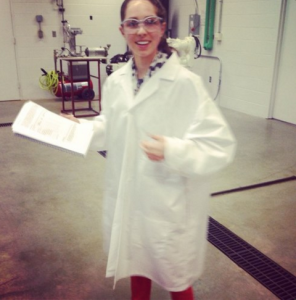 Alex Pierce-Feldmeyer | Linkedin | Website
Alex Pierce-Feldmeyer | Linkedin | Website
Alex graduated with a B.S. from the University of Illinois in Food Science and completed her PhD at Ohio State University in a lab revolving around sensory evaluation and psychophysics, potentially the functional or cognitive benefits from food and food ingredients. Alex is currently a sensory scientist at MANE, a flavor company. An avid study-er of the nose and its wild contributions to flavor, potentially how aroma affects different aspects of cognition. Alex dabbles in triathlons and fitness-ness. She has an ice cream tour every Sunday, every ice cream place (that is good) is on her list and it must have sprinkles. Grocery stores, sunrises and puppies are everything!

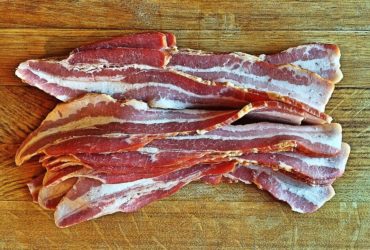




Cultural food can influence one’s food experience on many different levels. It is something that shapes people and their identities. Just like how types of clothing signify different personalities, food also transmits meaning to people. Check this out Best Cultural Food from Across the World
Cheers,
Eleanor